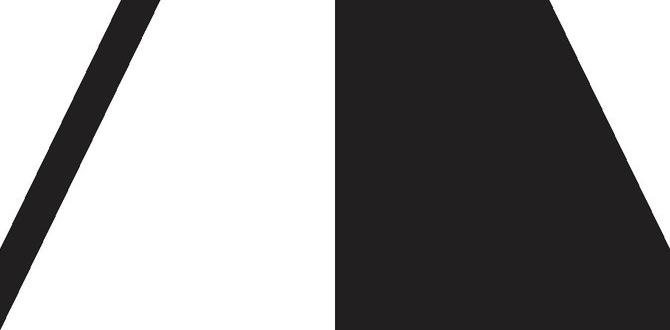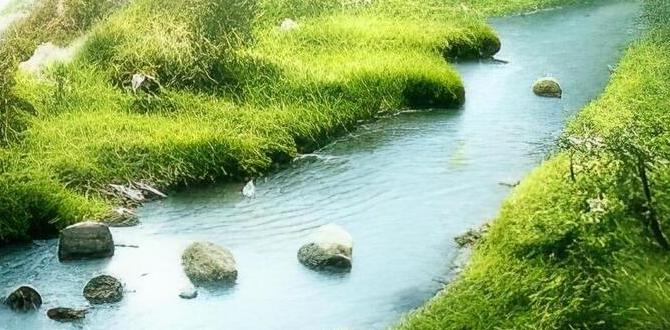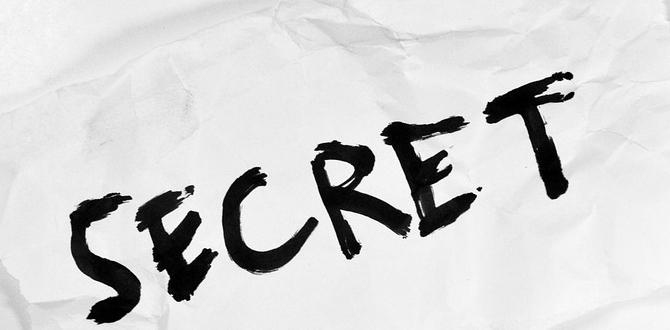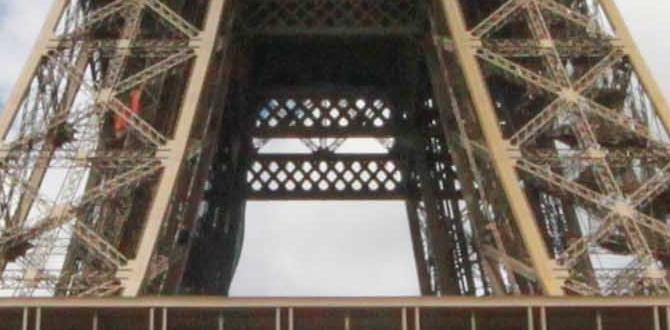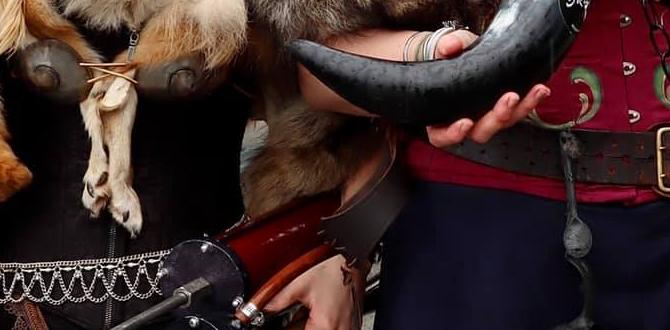Banff Budget Travel Guide: Essential Savings
Planning a trip to Banff doesn’t have to break the bank! Our beginner-friendly guide offers practical tips and essential savings strategies to help you explore the stunning Canadian Rockies affordably. Discover smart ways to save on accommodation, food, activities, and transportation, making your Banff adventure accessible and enjoyable for everyone.
Banff National Park is a jewel, a postcard-perfect paradise in the Canadian Rockies. Think turquoise lakes, majestic mountains, and abundant wildlife. It’s a dream destination for so many, but often, the thought of visiting conjures up images of hefty price tags. Many travelers feel frustrated, believing that such breathtaking beauty is out of reach financially. But what if I told you that with a little smart planning, you can experience the magic of Banff without emptying your wallet? My goal is to share straightforward, tested ways to make your Banff adventure not just possible, but truly memorable and affordable. Let’s dive into how you can save money and maximize your experience in this incredible national park.
Why Banff Budget Travel Matters
Banff National Park is consistently ranked among the world’s most stunning natural landscapes. Its allure draws millions of visitors each year, all eager to witness the iconic Moraine Lake, the grandeur of Lake Louise, and the charming town of Banff itself. However, this popularity comes with a price. Accommodation, dining, and popular activities can quickly escalate costs, making it challenging for budget-conscious travelers, families, and solo adventurers to plan a trip. The good news is that Banff is absolutely doable on a budget with the right preparation.
Planning Your Affordable Banff Getaway: Key Strategies
A successful budget trip to Banff starts long before you pack your bags. It’s about making informed decisions at every stage of planning. Think of it as building a solid foundation for an unforgettable, yet cost-effective, experience.
1. Timing is Everything: The Best (and Cheapest) Times to Visit
While Banff is gorgeous year-round, visiting during the shoulder seasons can significantly reduce costs and crowds. The peak summer months (July and August) and holidays like Christmas and New Year’s see the highest prices for accommodation and the busiest trails. Consider these alternative periods:
- Spring (May to early June): Trails are starting to open up, wildlife is active, and prices are generally lower. Some higher elevation lakes like Moraine Lake might still be frozen or inaccessible early in the season.
- Fall (September to mid-October): This is a fantastic time! The larch trees turn golden, the summer crowds have thinned, and the weather is often crisp and pleasant. Accommodation prices tend to drop after Labour Day.
- Late Fall/Early Winter (November to mid-December): Before the Christmas ski crowds descend, you can find some good deals. The landscape starts to get snowy and magical, perfect for a quieter mountain experience.
2. Accommodation Hacks: Where to Stay Without Overspending
Accommodation is often the biggest expense in Banff. Fortunately, there are several ways to find affordable places to rest your head:
- Book Well in Advance: This is non-negotiable, especially if you’re traveling during peak or shoulder seasons. The best deals disappear quickly.
- Consider Hostels: Banff has excellent hostel options that offer dormitory beds or private rooms at a fraction of hotel prices. They are great for meeting other travelers too. Check out the Hostelworld Banff listings for options.
- Campgrounds: If you’re comfortable with camping, Banff offers numerous campgrounds. Parks Canada operates most of them, and you can book through their website. This is by far the cheapest accommodation option.
- Stay Outside the Town of Banff: Towns like Canmore (about a 20-minute drive east) often have more affordable hotels and vacation rentals. While it requires a short drive into the park each day, the savings can be substantial.
- Look for Deals and Packages: Keep an eye on hotel websites and travel aggregators for seasonal promotions or packages that might include breakfast or activities.
3. Food Smart: Eating Well on a Budget
Dining out in Banff, especially with a family, can add up quickly. Here’s how to keep your food costs down:
- Pack Snacks and Lunches: This is one of the easiest and most effective ways to save money. Stock up on groceries from a supermarket before you arrive in Banff (prices are higher within the park). Pack sandwiches, fruits, nuts, and trail mix for your hikes and scenic drives.
- Utilize Grocery Stores: The town of Banff has grocery stores like Nesters Market and IGA. Buy your breakfast items, picnic supplies, and even ingredients for simple dinners if your accommodation has a kitchen.
- Picnic with a View: Instead of expensive lakefront restaurants, pack a lunch and find a scenic spot. Many viewpoints have picnic tables.
- Happy Hour and Deals: Some restaurants offer happy hour specials on food and drinks. Check local pub and restaurant listings for these deals.
- Camp Cookery: If you are camping or staying somewhere with a grill or kitchenette, cooking your own meals will save a significant amount of money.
4. Transportation Savings: Getting Around Affordably
Getting to and around Banff can also be managed on a budget.
- Drive Your Own Car (with caution): If you are driving from a nearby city, the cost of gas and your park pass will likely be cheaper than flying and renting a car. However, parking in popular spots can be challenging and sometimes paid.
- Parks Canada Discovery Pass: You need a park pass to enter Banff National Park. The cheapest option for most travelers is the annual Parks Canada Discovery Pass, which covers entry to all national parks for a year. If you plan on visiting multiple national parks in Canada within a year, this is a fantastic deal. If you are only visiting Banff for a short period, a day pass will suffice but is more expensive per day.
- Use Free Shuttle Services: Parks Canada operates free shuttles to popular, high-demand locations like Lake Louise and Moraine Lake during the busy season. This is a crucial service that saves you the headache and cost of parking! Check the Parks Canada website for shuttle schedules and booking information.
- Walk or Bike: The town of Banff is very walkable. For exploring beyond the town, consider renting a bike for a day. Many trails are accessible by bike.
5. Activity & Attraction Secrets: Experiencing Banff for Less
Banff is famous for its natural beauty, and many of its greatest attractions are completely free!
- Hiking is Free: The absolute best way to experience Banff is by hiking its incredible trails. From easy strolls around Johnston Canyon to challenging summit climbs, there’s a trail for every fitness level, and they all offer unparalleled views. You can find trail information on the Parks Canada website.
- Explore Turquoise Lakes: While canoe rentals at iconic lakes like Louise and Moraine can be pricey, simply walking the shores and taking in the breathtaking scenery is absolutely free.
- Visit the Town of Banff: Wander through the charming streets, browse unique shops (window shopping is free!), and enjoy the mountain ambiance.
- Scenic Drives: The Icefields Parkway (Highway 93 North) is one of the most spectacular drives in the world and is free to drive once you have your park pass. Stop at numerous viewpoints and short walking trails along the way.
- Free Visitor Programs: Parks Canada often offers free guided walks and talks. Check their visitor center schedules for opportunities.
- Consider the Banff Airporter or Other Shuttles: If you’re flying into Calgary, booking a shuttle service like the Banff Airporter can often be cheaper and more convenient than renting a car for your entire trip, especially if you plan to use park shuttles extensively.
Sample Budget Itinerary: 3 Days in Banff
To give you a concrete idea, here’s a sample 3-day itinerary designed for budget-conscious travelers. This assumes you are driving your own vehicle to Banff or have arranged transport from Calgary and are prioritizing free or low-cost activities.
| Day | Morning | Afternoon | Evening |
|---|---|---|---|
| Day 1: Lakes & Town Exploration | Arrive in Banff, purchase your Parks Canada Discovery Pass. Head straight to Lake Louise. Walk the shoreline, take photos, and soak in the iconic views. Pack a picnic lunch. | Drive the short distance to Moraine Lake (access may be restricted to shuttle or bike, check Parks Canada). Enjoy the Valley of the Ten Peaks and the vibrant blue water. Return to the town of Banff. | Explore the town of Banff on foot. Browse shops on Banff Avenue. Enjoy a budget-friendly dinner at a local pub or grocery store picnic by the Bow River. |
| Day 2: Canyons & Scenic Drives | Drive to Johnston Canyon and hike the accessible boardwalk trails to the Lower and Upper Falls. This is a very popular, family-friendly hike. | Embark on a scenic drive along the Bow Valley Parkway, keeping an eye out for wildlife. Stop at viewpoints like Castle Junction or Tramline Trail. Consider a short hike along the parkway. | Drive a portion of the Icefields Parkway, heading north. Stop at Peyto Lake viewpoint (short walk) for another stunning vista. Return to Banff or Canmore for dinner. |
| Day 3: Mountain Views & Departure | Visit Vermilion Lakes for beautiful reflections of Mount Rundle, especially at sunrise. Or, if conditions permit and you are comfortable, explore a shorter, accessible hike near town. | Consider a visit to the Cave and Basin National Historic Site (entry fee applies but is modest and historically significant) or simply enjoy a final picnic lunch at a scenic spot. | Begin your journey home, filled with memories of Banff’s natural splendor. |
Making it Comfortable: Essential Travel Gear for Less
While we’re focused on saving money, comfort and preparedness are key to enjoying your trip. Investing in a few key items beforehand can prevent costly on-the-spot purchases or discomfort.
- Layers of Clothing: Mountain weather is unpredictable. Pack moisture-wicking base layers, insulating mid-layers (fleece or down), and a waterproof/windproof outer shell.
- Comfortable Hiking Shoes: Good footwear is essential. Break them in before your trip.
- Reusable Water Bottle: Staying hydrated is crucial. Refill stations are available in town and at some trailheads.
- Sun Protection: Sunscreen, a hat, and sunglasses are vital, even on cloudy days, due to the high elevation and sun’s intensity.
- Bear Spray: If you plan on hiking, especially on less populated trails, carrying bear spray and knowing how to use it is recommended for safety. You can rent it in town if you don’t want to buy it. Parks Canada provides safety guidelines.
- Basic First-Aid Kit: For minor scrapes and blisters on the trail.
- Snack Bags/Containers: For packing and organizing your lunches and snacks.
For travelers who require personal care items like adult or child diapers, planning ahead is also crucial for comfort and confidence. Packing an adequate supply from home ensures you have the familiar, reliable products you need without the stress of trying to find specific brands or types in a remote location. Traveling with personal care needs should not be a source of anxiety, and having your preferred items readily available makes for a much more relaxed and enjoyable experience.
Banff on a Shoestring: Frequently Asked Questions
Q1: What is the single best way to save money in Banff?
The single best way to save money is by maximizing free activities, primarily hiking and enjoying the natural scenery. Coupled with packing your own lunches and snacks purchased from a grocery store outside the prime tourist areas, you can significantly cut down on daily expenses.
Q2: Is it cheaper to stay in Canmore or Banff town?
Generally, accommodation in Canmore tends to be more affordable than in Banff town. Canmore is about a 20-minute drive east of Banff National Park’s entrance and offers a good range of hotels, inns, and rental properties at lower price points.
Q3: Do I need to book shuttles in advance?
Yes, for popular shuttles like those to Lake Louise and Moraine Lake, booking in advance is highly recommended, and often required, especially during peak season. These shuttles can sell out quickly. Always check the Parks Canada website for the most up-to-date information on booking procedures and availability.
Q4: Are there any free things to do in Banff besides hiking?
Absolutely! You can explore the town of Banff on foot, visit the beautiful Bow Falls, walk along the Bow River, enjoy the views from Surprise Corner, and drive scenic parkways like the Icefields Parkway, stopping at numerous viewpoints.
Q5: How early should I book accommodation for a budget trip?
For the best selection and pricing, especially if you’re targeting the shoulder seasons, aim to book accommodation at least 6-12 months in advance. For peak summer travel on a budget, even earlier is better.
Q6: Can I bring my own food and drinks into the park?
Yes, you can bring your own food and drinks into Banff National Park. This is highly encouraged for budget travelers. Stock up at a supermarket in Calgary or a town like Canmore before entering the park.
Conclusion: Your Affordable Banff Adventure Awaits
Banff National Park is an accessible dream for any traveler willing to embrace a bit of planning and savvy decision-making. By strategically choosing when to visit, where to stay, how to dine, and how to get around, you can experience the breathtaking beauty of the Canadian Rockies without the exorbitant costs often associated with popular destinations. From the exhilaration of hiking world-class trails to the simple joy of picnicking by a turquoise lake, Banff offers countless free and affordable ways to connect with nature.
Remember, a budget-friendly trip doesn’t mean sacrificing quality or experience. It means being intentional with your spending, prioritizing what truly matters to you, and tapping into the wealth of natural wonders that Banff generously provides. So pack your sense of adventure, your trusty hiking boots, and a spirit of exploration – your unforgettable and affordable Banff journey is within reach. Happy travels!

